The Kunsthistorisches Museum: history and masterpieces of Vienna's most famous museum
One cannot think of seeing Vienna without a visit to the Kunsthistorisches Museum. In fact, the famous museum is a must-see on a trip to the Austrian capital, not only because it is considered one of the most important museums in the world, but especially because it holds masterpieces of international art and great artists of Italian art. It rises majestically on the Ringstrasse, the more than five-kilometer-long ring boulevard that was inaugurated in May 1865 in the presence ofEmperor Franz Joseph, the construction of which was a true urban planning masterpiece because it connected the city’s suburbs with the center of imperial power and because of the plurality of architectural styles that characterizes it; its façade reminiscent of the Italian Renaissance style, surmounted in the central part by a sixty-meter-high octagonal dome, faces Maria-Theresien-Platz and is mirrored by the Naturhistorisches Museum, both commissioned by the emperor to house and display the Habsburgs’ vast imperial collections. The Kunsthistorisches Museum was designed by architects Gottfried Semper and Carl von Hasenauer and was officially opened in October 1891 in the presence of Franz Joseph himself, who married Elisabeth of Wittelsbach, better known as Sissi. While the exterior is in the Renaissance style, the interior features stucco decoration embellished with marble and paintings.
The Habsburg collections, which testify to the Habsburgs’ great passion for collecting, include works and objects ranging from ancient Egypt to the 18th century. The main building facing Maria-Theresien-Platz houses the picture gallery, the Kunstkammer, the collection of ancient art, the Egyptian-Oriental collection, and the numismatic cabinet, while other collections belonging to the Kunsthistorisches Museum are housed in the Neue Burg (Collection of Historical Musical Instruments, Hunting and Armor Room, Ephesus Museum), the Hofburg (Imperial Treasury Room), Schönbrunn (Imperial Carriage Museum of Vienna) and in Ambras Castle in Innsbruck. In the Picture Gallery, which originated in the sixteenth and seventeenth centuries that existed almost in its present form by the end of the eighteenth century, it is possible to admire, among others, masterpieces by Dürer, Raphael, Caravaggio, Titian, Rubens, Vermeer, Rembrandt, Velázquez, Veronese, and the world’s largest collection of works by Pieter Bruegel the Elder, with as many as twelve paintings, including Children’s Games, Hunters in the Snow, and the Great Tower of Babel. The Pinakothek’s collection is mainly due to Archduke Ferdinand II, Emperor Rudolf II and Archduke Leopold Wilhelm; in the early eighteenth century Charles VI then decided to bring the paintings of the Habsburg dynasty from the various residences together in Vienna. Works such as Antonello da Messina’s San Cassiano Altarpiece, Correggio’s Rape of Ganymede and Jupiter and Io, Giuseppe Arcimboldi’s cycles of Composite Heads, Giorgione’s Laura, Giorgione’sSelf-Portrait in the Mirror, Parmigianino’s Conversion of St. Paul and Cupid Making the Bow are housed here, Titian’s Mars, Venus, and Love, Guido Cagnacci’s Death of Cleopatra, Caravaggio’s David with the Head of Goliath and Madonna of the Rosary, Orazio Gentileschi’s Rest during the Flight into Egypt, Rogier van der Weyden’s Triptych with the Crucifixion, and Vermeer’sAllegory of Painting.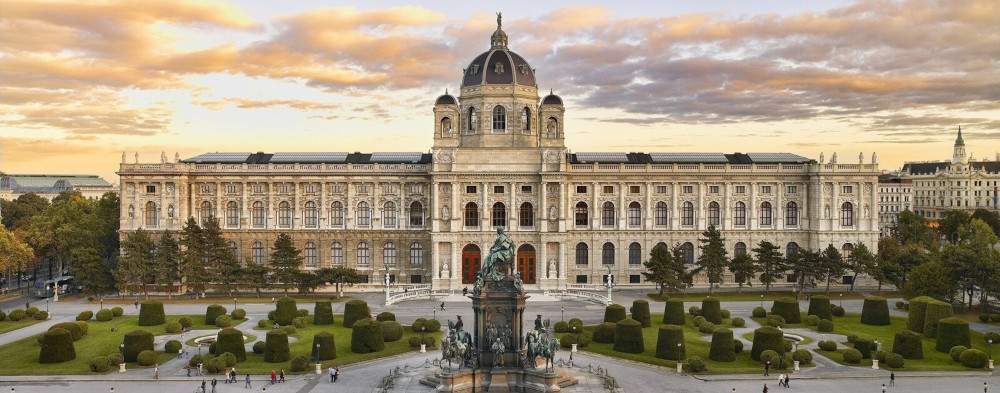
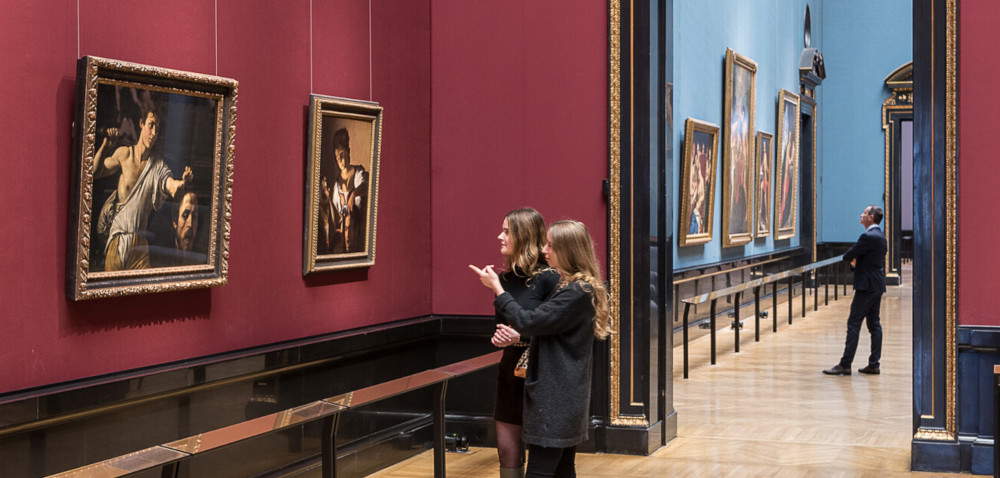
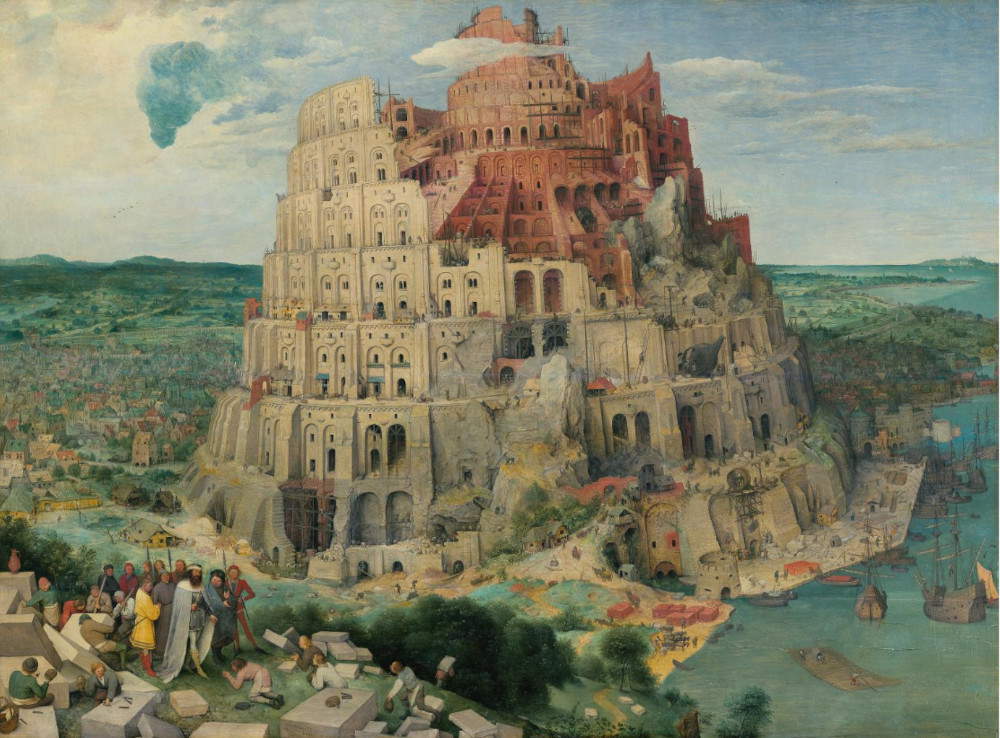
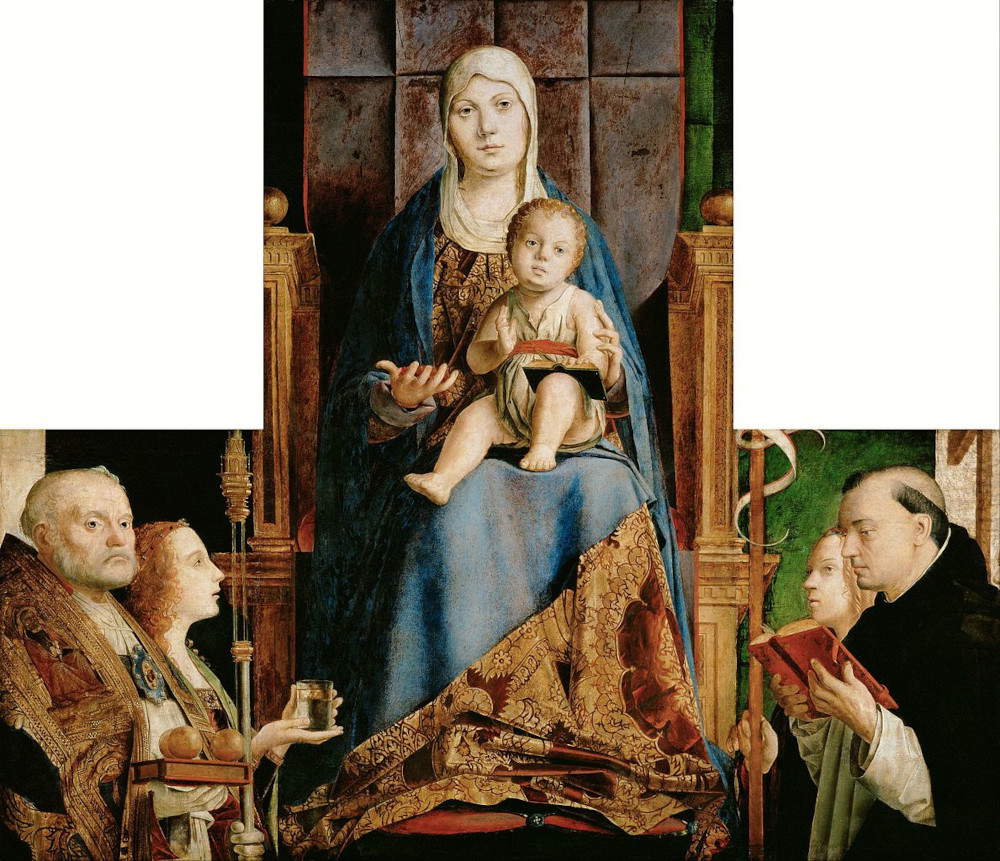
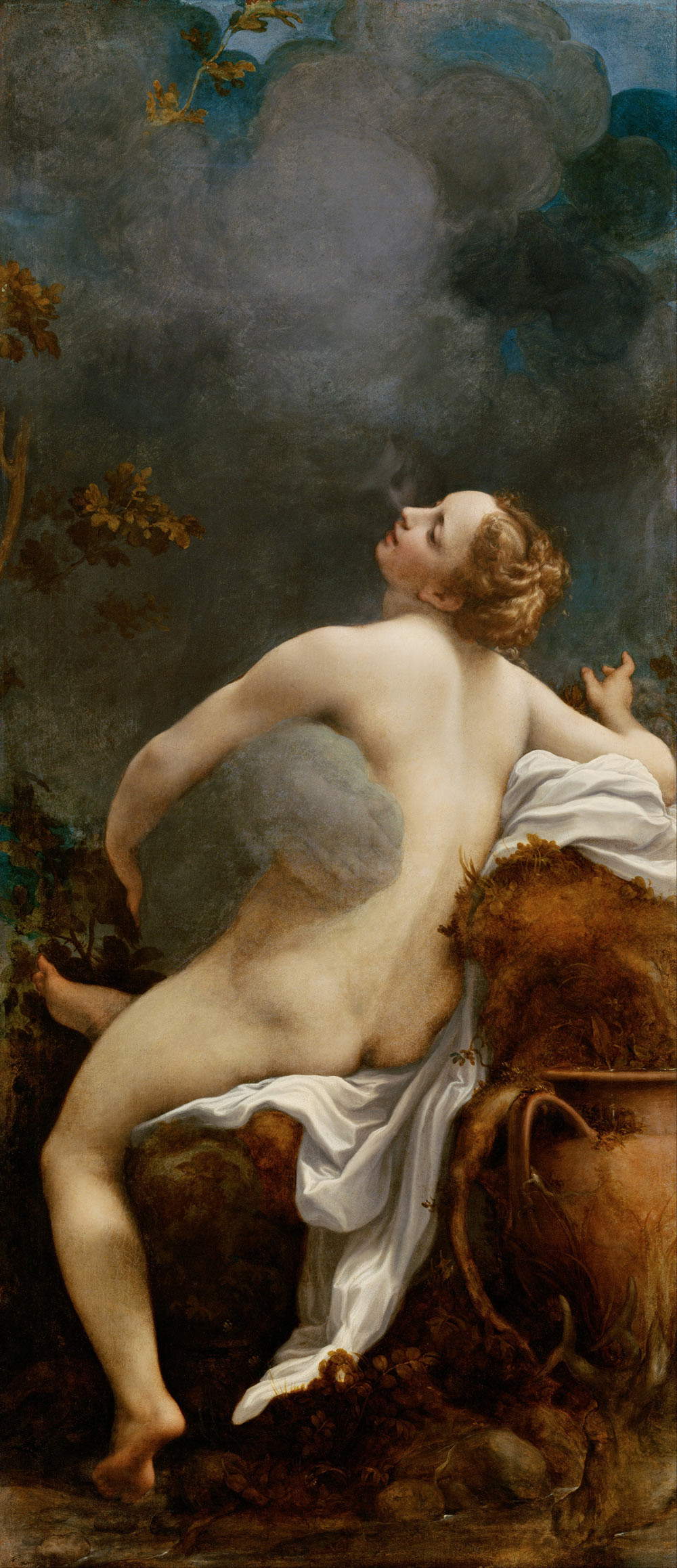
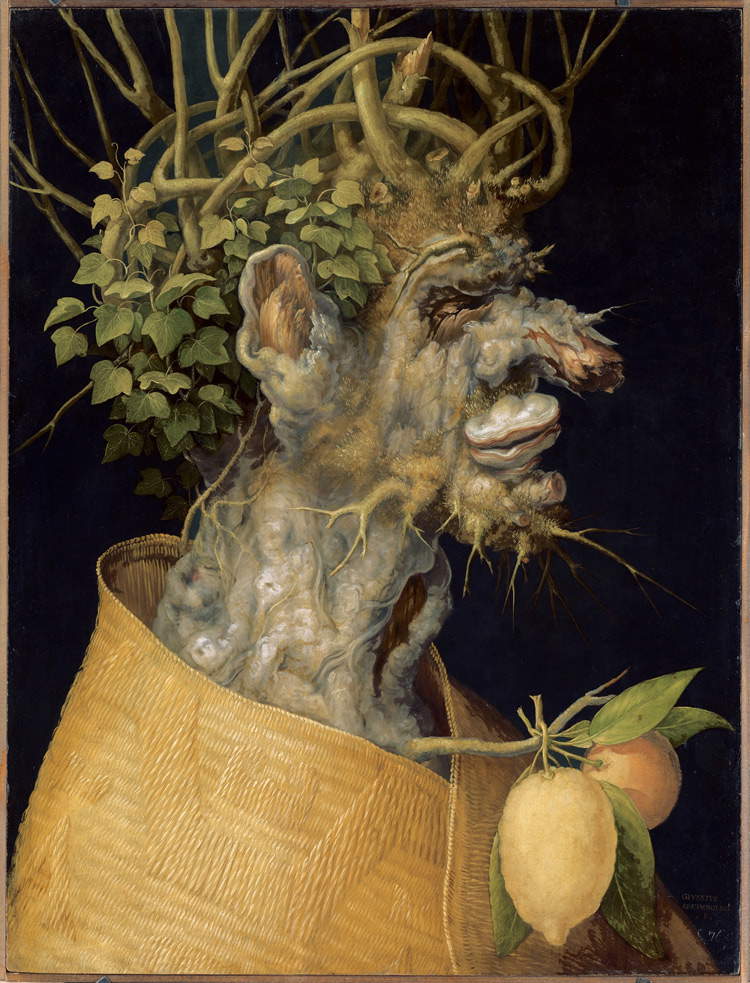
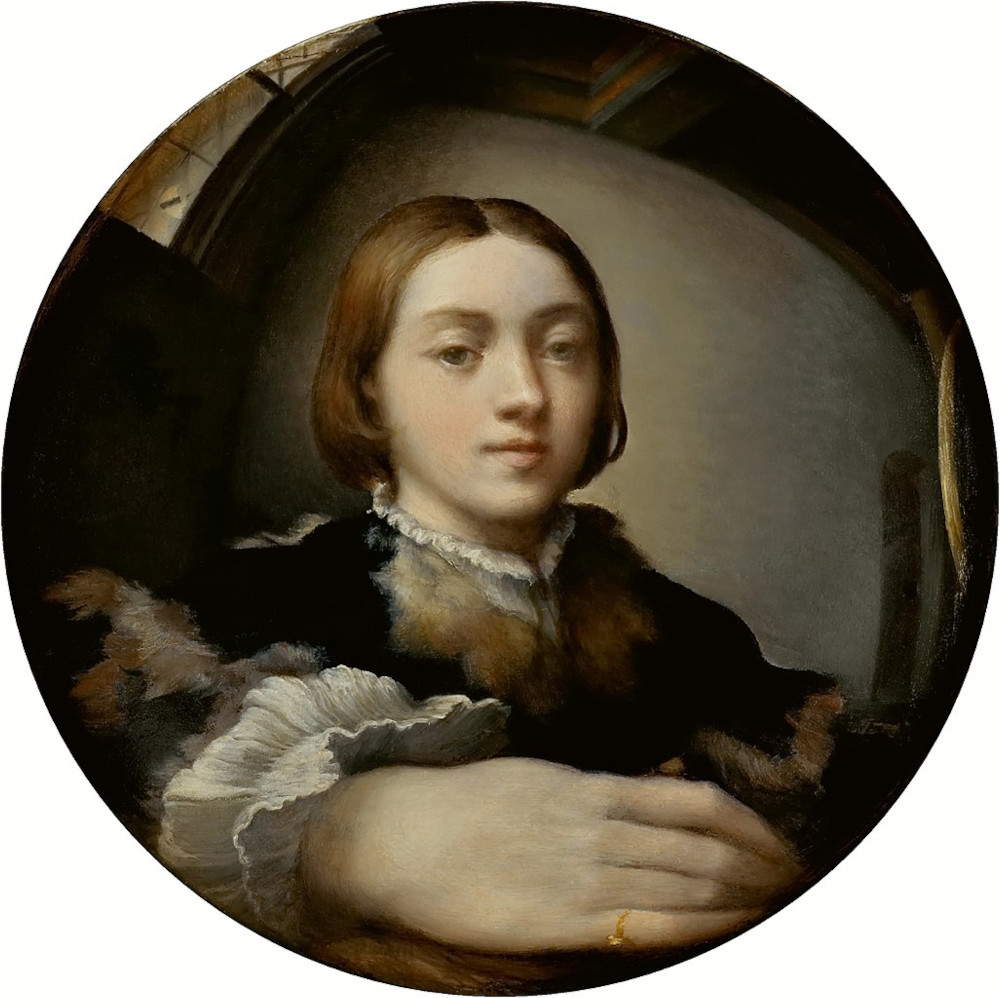
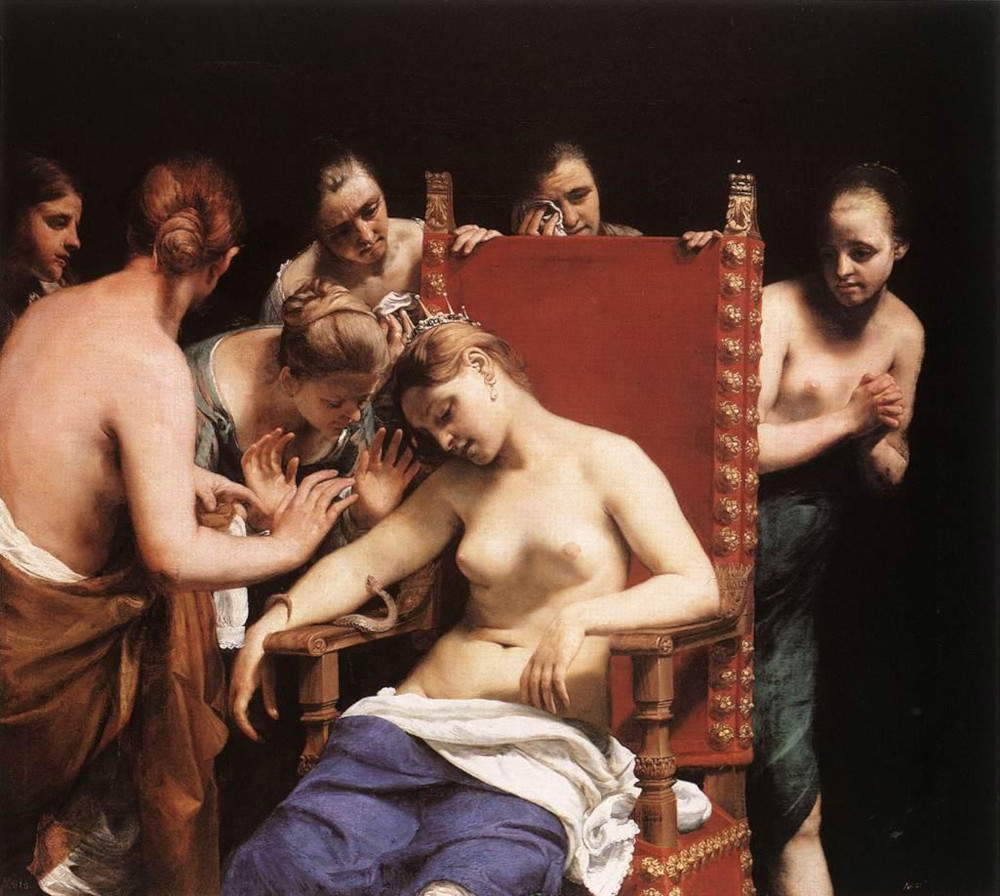
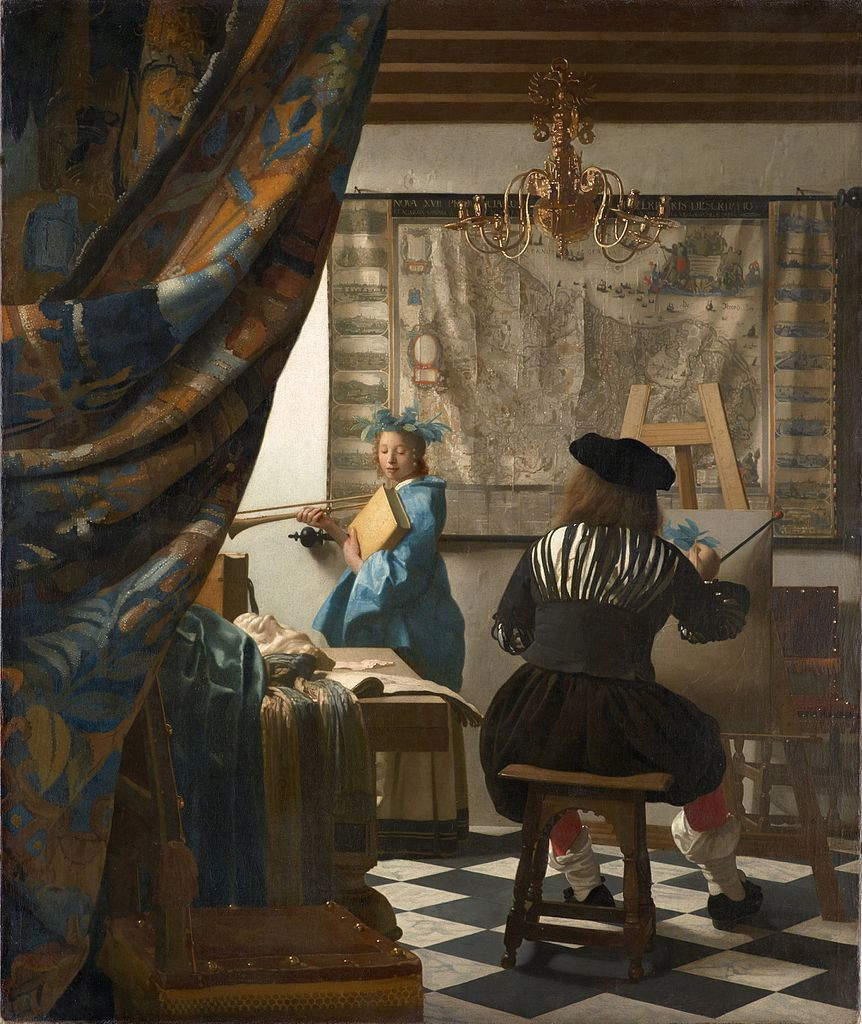
The Kunstkammer, the Chamber of Wonders, houses 2,200 pieces, including wood carvings, clocks, paintings, statues, tapestries, coins, weapons, ivory filigree works, numerous curiosities of nature and splendid goldsmithing creations, such as Benvenuto Cellini’s famous Saliera. This is theonly goldsmith ’swork that has come down to us by the Florentine artist commissioned by King Francis I of France: a precious masterpiece in gold, enamel, ebony and ivory that symbolizes the cosmos, to which the gods of the sea and the earth, Neptune and Tellus, the hours of the day and the four winds on the base refer. The Saliera was the subject of a major art theft: stolen in May 2003, it was found three years later in January 2006 in a box buried in a forest near Zwettl, 90 kilometers from Vienna. Habsburg emperors and archdukes collected exotic and rare objects from the late Middle Ages to the Baroque period, in keeping with the Wunderkammern of the Renaissance and Baroque periods whose collections were supposed to reflect the knowledge of the time, so universal and encyclopedic were they, and they had to be rare objects that stimulated curiosity. Magical powers were often attributed to these objects, such as precious stones, ostrich eggs, coral, and shark’s teeth. The Kunstkammer of the Kunsthistorisches Museum includes objects collected by Ferdinand II of Tyrol, but also from older collections of Emperors Frederick III, Maximilian I and Ferdinand I, to which are added the Kunstkammer of Rudolf II of Prague, most of which was stolen during the Thirty Years’ War, and that of Archduke Leopold Wilhelm, brother of Ferdinand III and regent of the Netherlands.
The Egyptian and Near Eastern Collection is considered among the world’s most important collections of Egyptian antiquities. It includes more than 17,000 objects ranging from the Egyptian predynastic and early dynastic periods (c. 3500 B.C.) to the early Christian era. Geographically they come from Egypt, Nubia, the eastern Mediterranean, and Mesopotamia to the Arabian Peninsula. Divided into four major areas (funerary cult, cultural history, sculpture and relief, and the development of writing), it counts the funerary chapel of Ka-ni-nisut, the reserve head of Giza, numerous sarcophagi, animal mummies, examples of the Book of the Dead, tomb stelae, divine figures, objects of daily life such as clothing and cosmetics, and masterpieces of sculpture.
The Collection of Greek and Roman Antiquities encompasses a period of more than three millennia and ranges from Bronze Age ceramics from Cyprus dating back to the 3rd millennium B.C. to early medieval artifacts, totaling about 2,500 pieces. Among the most significant are ancient cameos, including the famous Augustan Gem, caskets dating from the period of the great migrations and the early Middle Ages, such as the Nagyszentmiklós treasure, and the collection of vessels such as the Brygos Cup. Also, the Amazon sarcophagus, the bronze tablet with the Senatus consultum de Bacchanalibus, the Theseus Mosaic from Salzburg, and the Magdalensberg Young Man.
Finally, the coin collection is one of the five largest and most important numismatic collections in the world. It has about 600,000 pieces from three millennia, and includes not only coins, but also banknotes and medallions.
Elsewhere outside the main building are the Collection of Historical Musical Instruments, which houses the most important collection of Renaissance and Baroque instruments in the world and preserves numerous instruments that were played by famous musicians and composers and wide range of Viennese clavichords and fortepianos; theImperial Armory, which is the best-documented collection of court arms and armor in the Western world, as artifacts were generally created or acquired on important political occasions; and the Ephesus Museum with artifacts unearthed in the late 19th and early 20th centuries in Ephesus, in present-day Turkey, and brought to Vienna.
On the museum’s grand staircase is Antonio Canova’s Theseus Killing the Centaur, which was originally located in the so-called Theseus Temple, specially built between 1819 and 1823 by court architect Peter von Nobile, among the leading figures of late classicism in Vienna. The white marble work remained there for seventy years, until 1890, when it was transferred to the Kunsthistorisches Museum, where it can still be seen today.
After admiring the collections mentioned here, you can also indulge in a gourmet dinner in the museum’s domed hall to continue the visiting experience. You can sample quality products on the five-course menu that includes appetizer, soup, a choice of three main courses, cheese and delicious desserts. But also just enjoy a good coffee overlooking the square or a delicious Kaiserschmarren.
For info on the Kunsthistorisches Museum visit austria.info
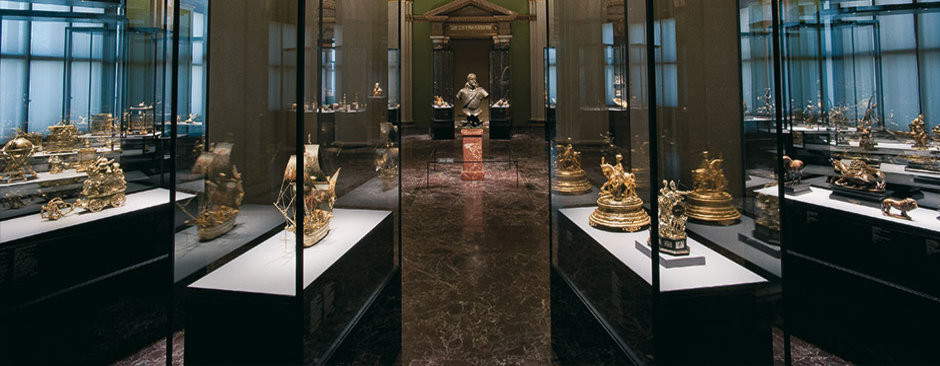
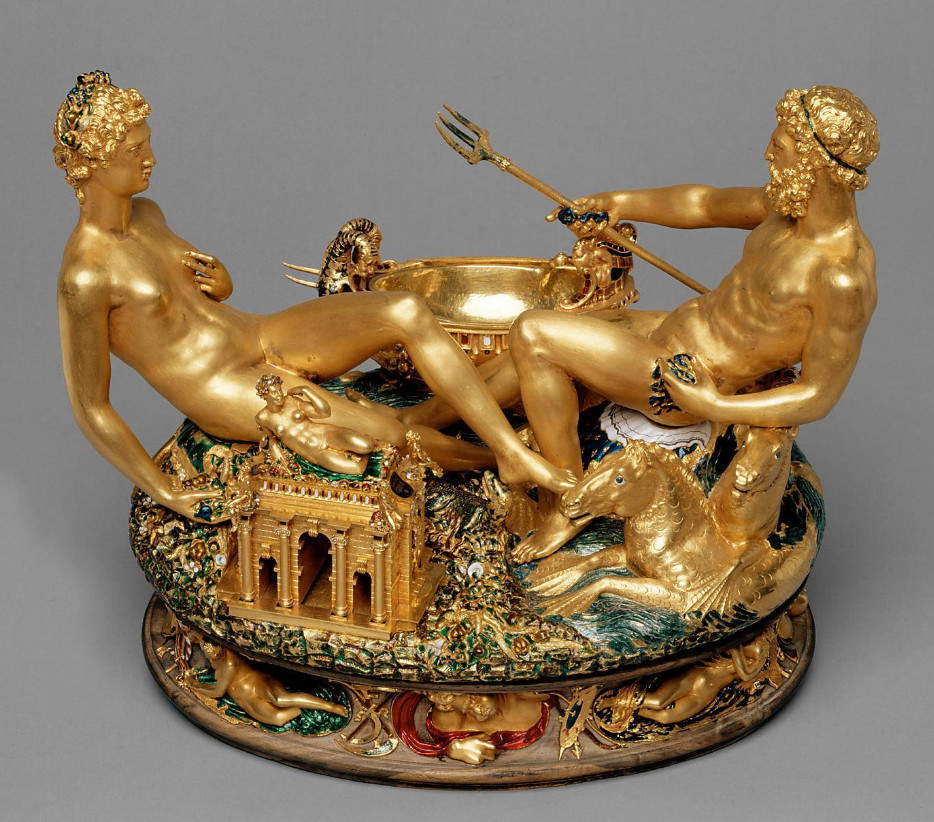
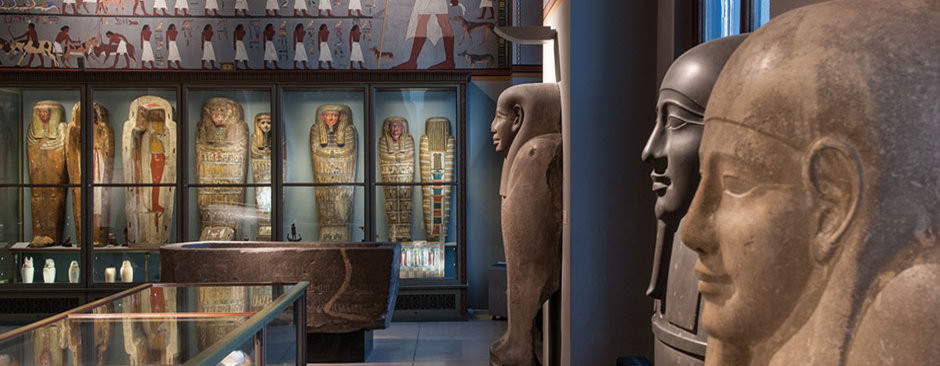
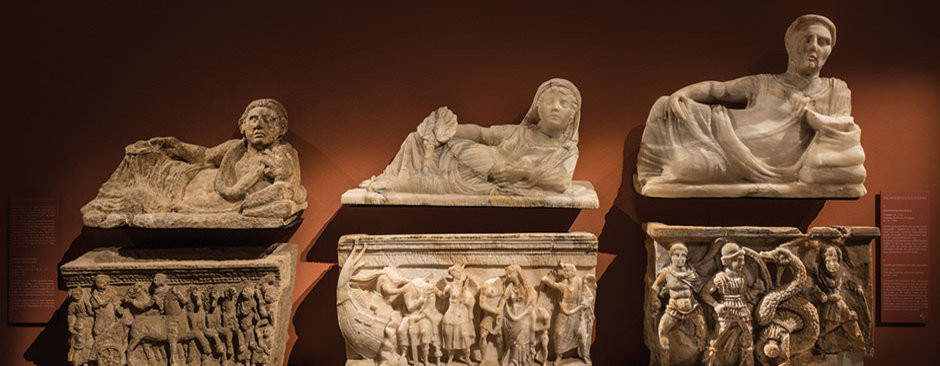
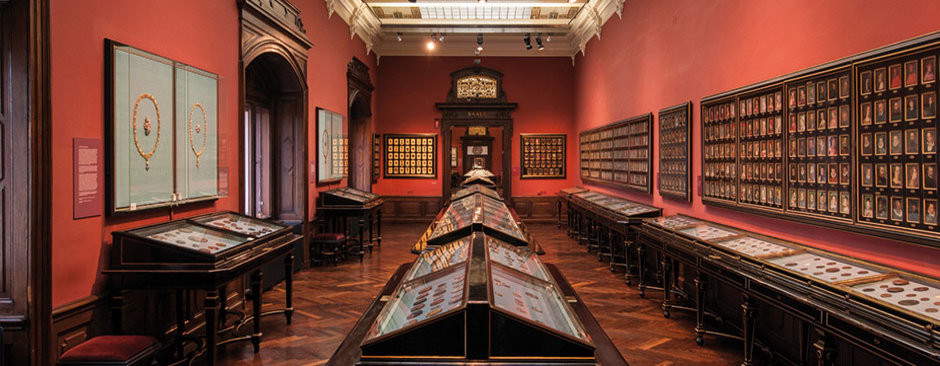
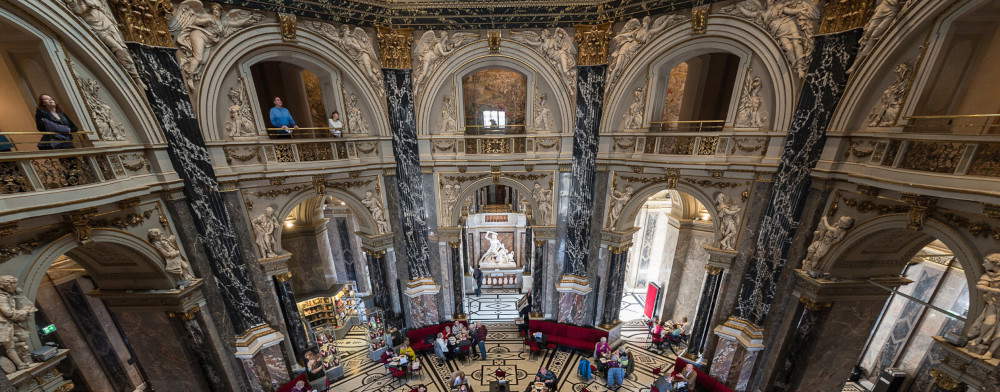
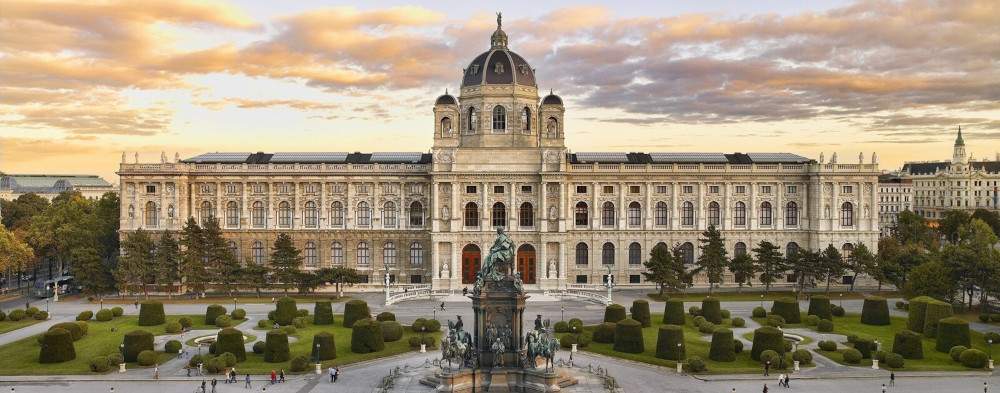 |
| The Kunsthistorisches Museum: history and masterpieces of Vienna's most famous museum |
Warning: the translation into English of the original Italian article was created using automatic tools. We undertake to review all articles, but we do not guarantee the total absence of inaccuracies in the translation due to the program. You can find the original by clicking on the ITA button. If you find any mistake,please contact us.



























